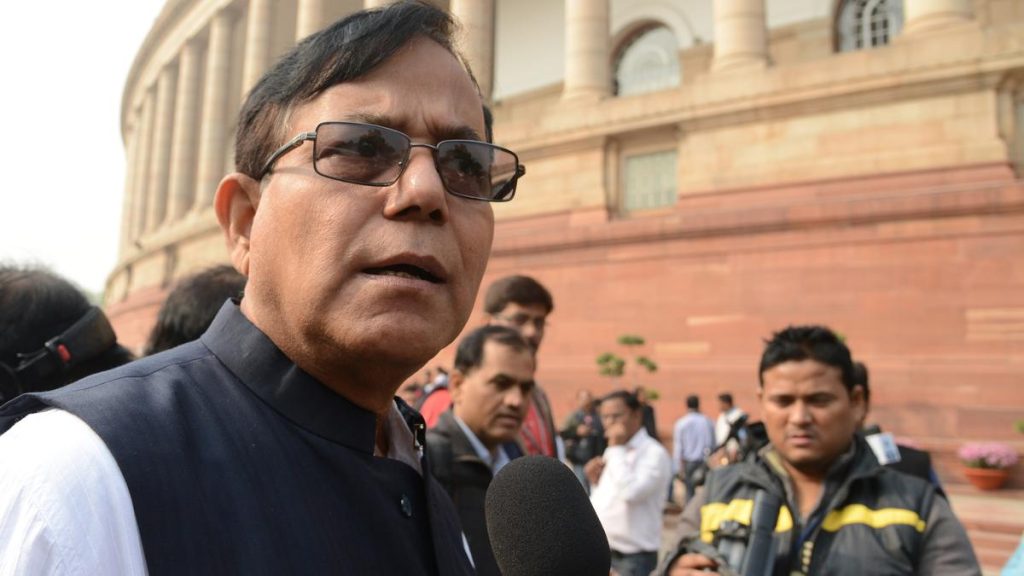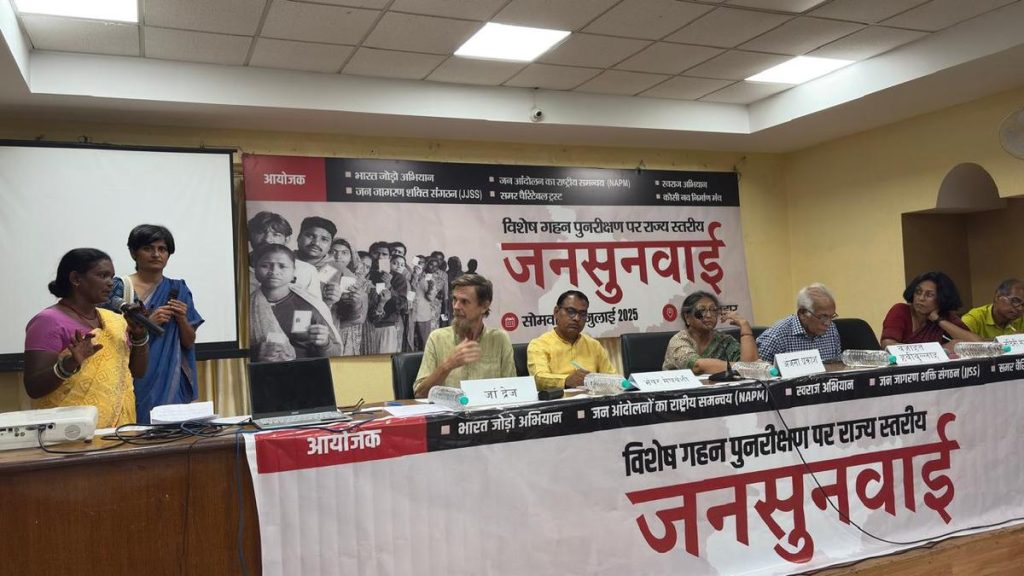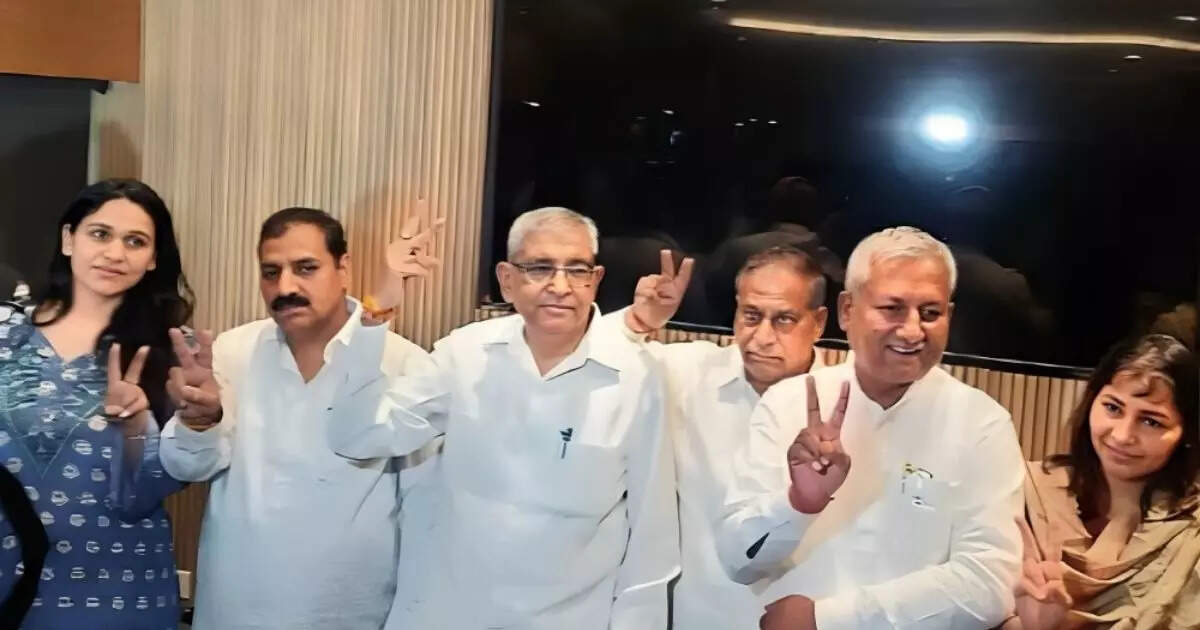Now Reading: If Countries Were People: 10 Thought-Provoking Allegories
-
01
If Countries Were People: 10 Thought-Provoking Allegories
If Countries Were People: 10 Thought-Provoking Allegories

Fast Summary:
- Bharat Mata (India): Symbolizes India as a nurturing maternal figure unifying diverse cultures and religions. Originated during India’s independence movement, inspired by patriotism and ancient traditions. First temple built in 1936 in Varanasi; remains a secular unifying symbol.
- Development Timeline:
– 1857: Sepoy Uprising against British rule set the stage for nationalist sentiment.- 1873: Kiran chandra Bandyopadhyay’s play introduced the concept of Bharat Mata.
– 1882: Bankim Chandra Chattopadhyay’s poem “Vanda Mataram” further shaped her identity.
– 1905: Abanindranath Tagore’s painting depicted her holding grains, cloth, books, and beads.
indian Opinion Analysis:
The cultural importance of Bharat Mata lies in her power to transcend India’s diversity, providing an emotional anchor for national unity-especially during critical historical moments like the freedom struggle. Her enduring presence underscores India’s connection between spirituality and nationalism; though, it also reflects evolving identities as modern India grapples with inclusivity amidst political shifts. As a secular state icon revered across religious divides,Bharat Mata symbolizes gratitude towards land as sustainer-a reflection of intrinsic cultural values tied to respect for nature and collective identity.




























